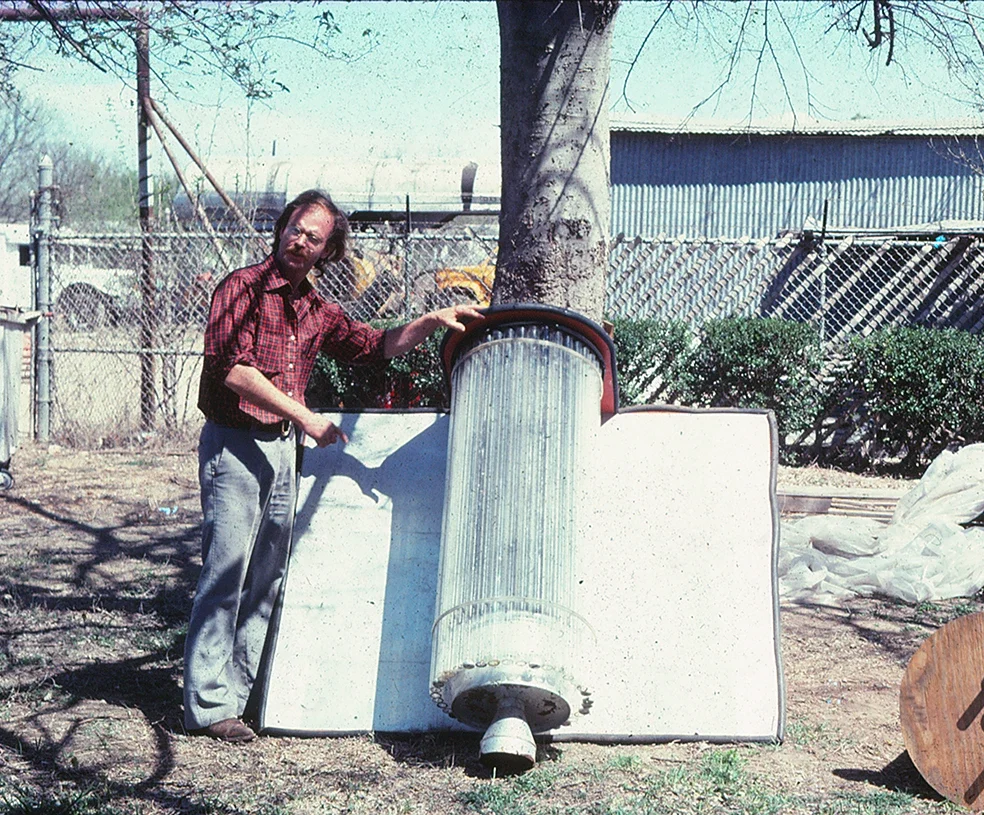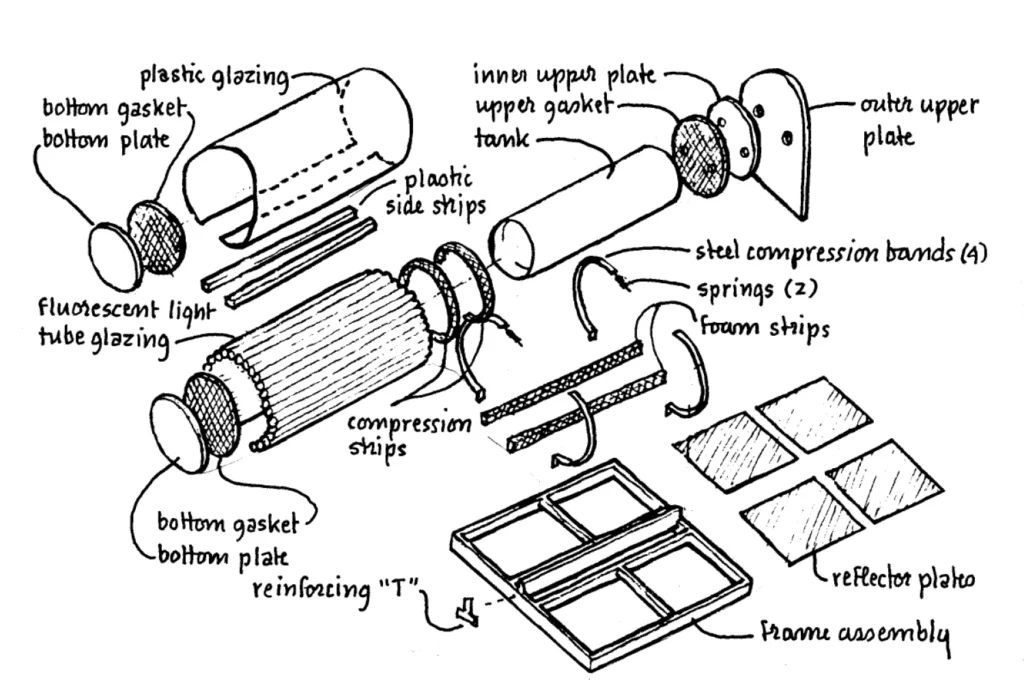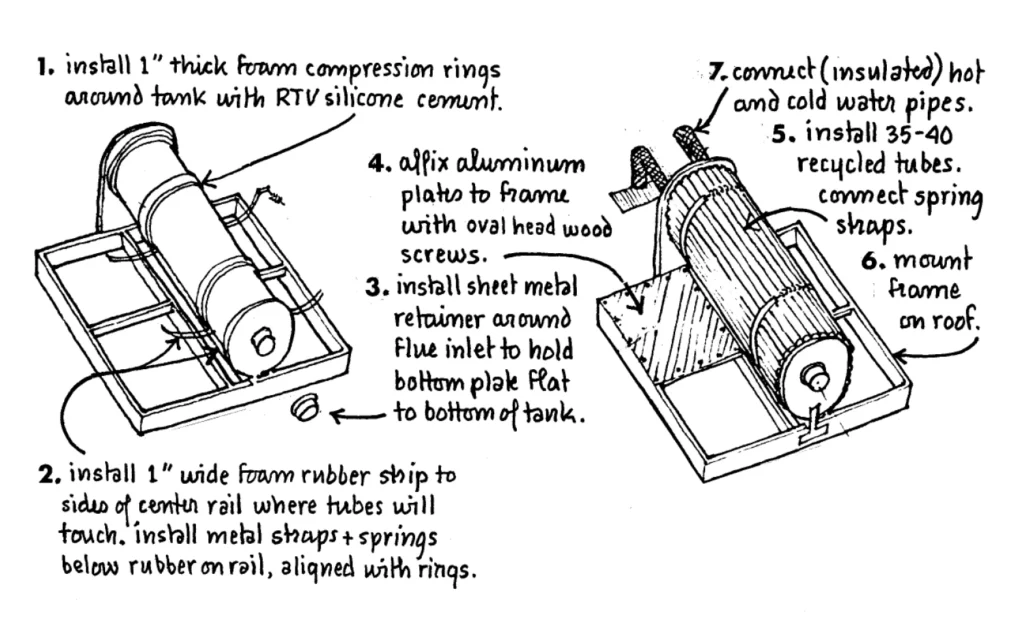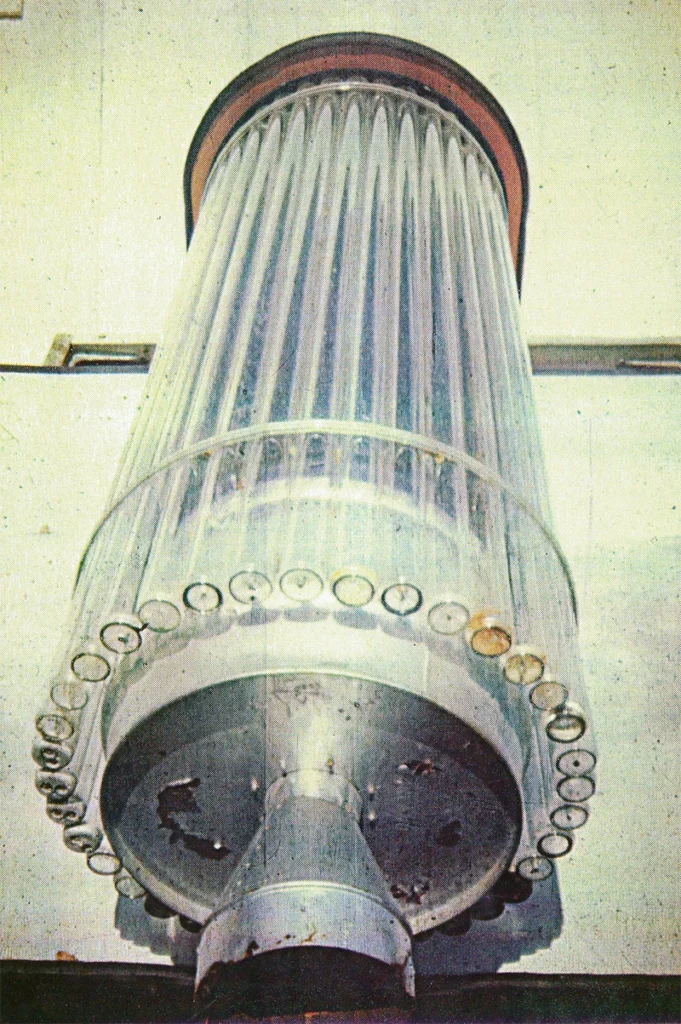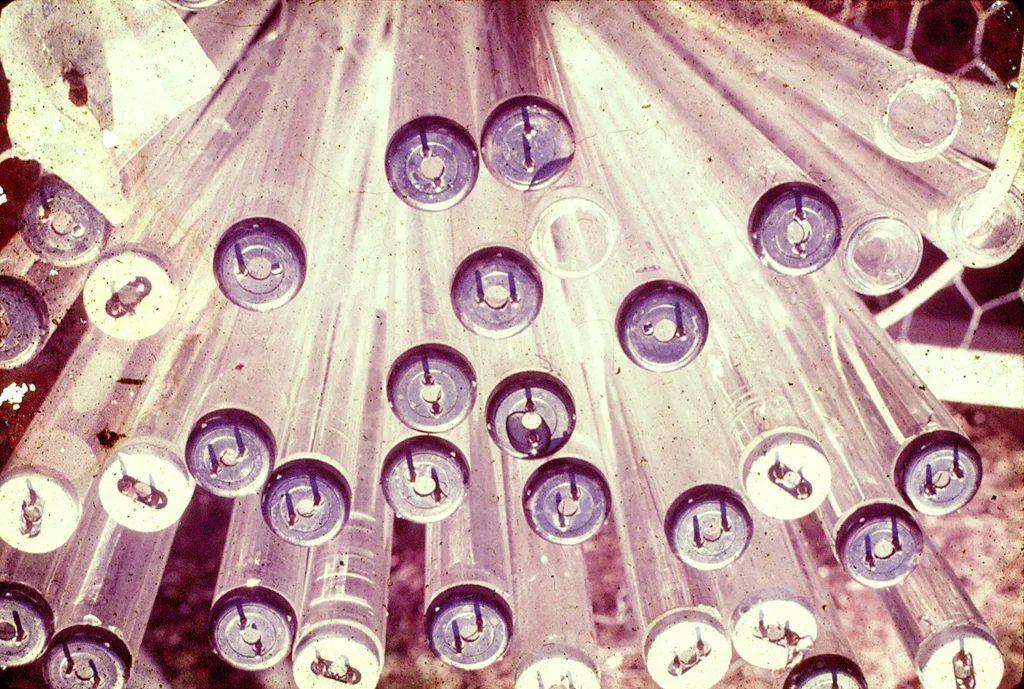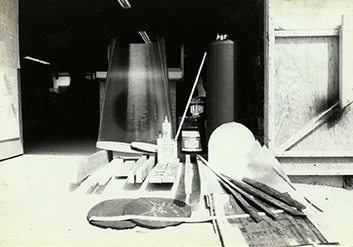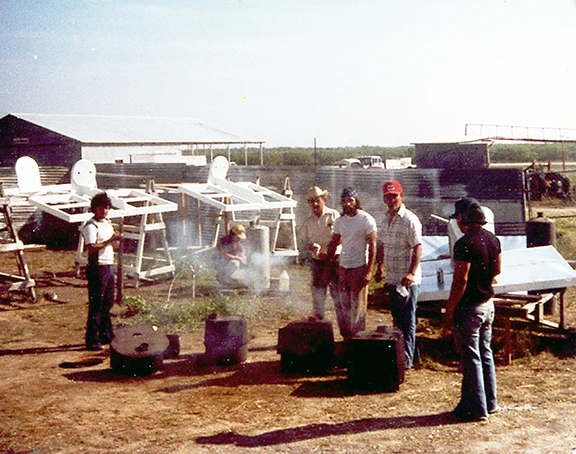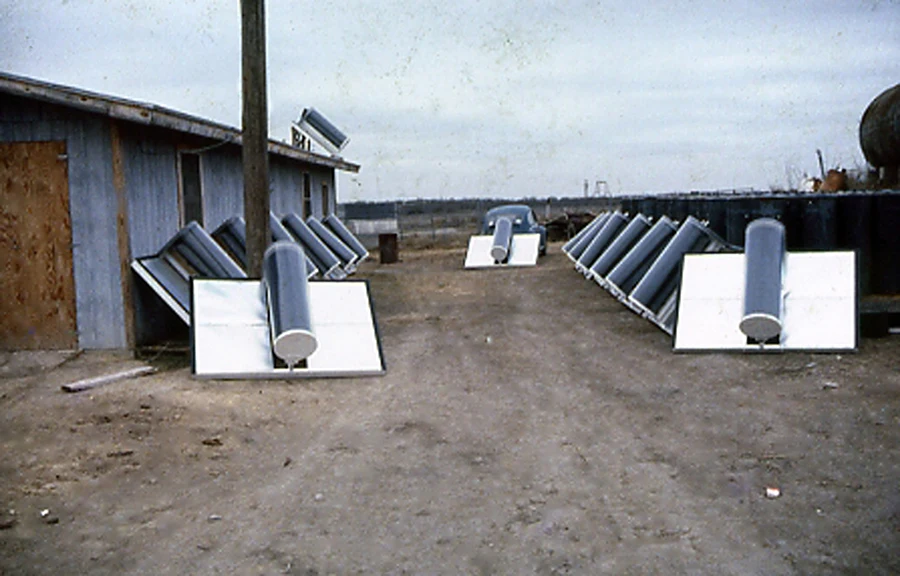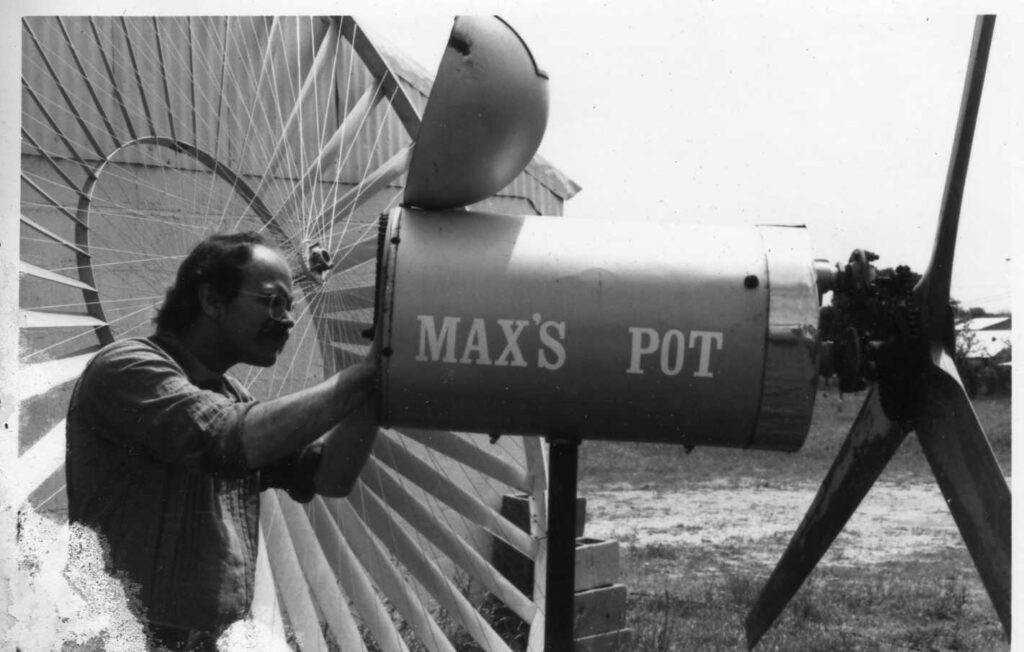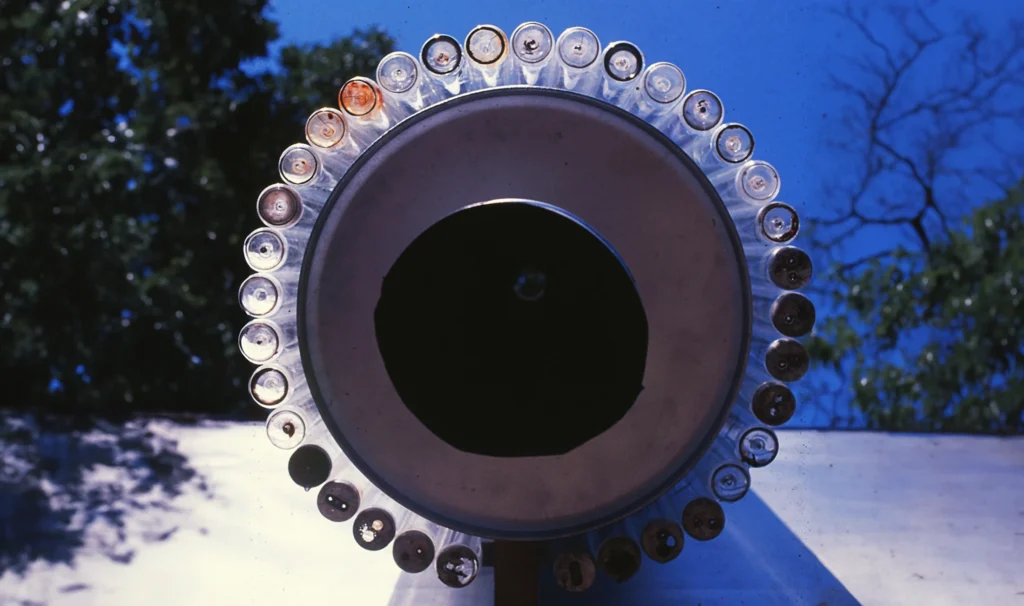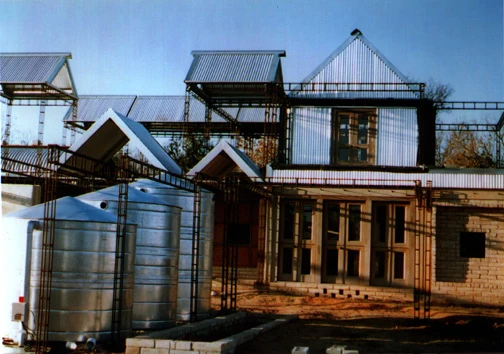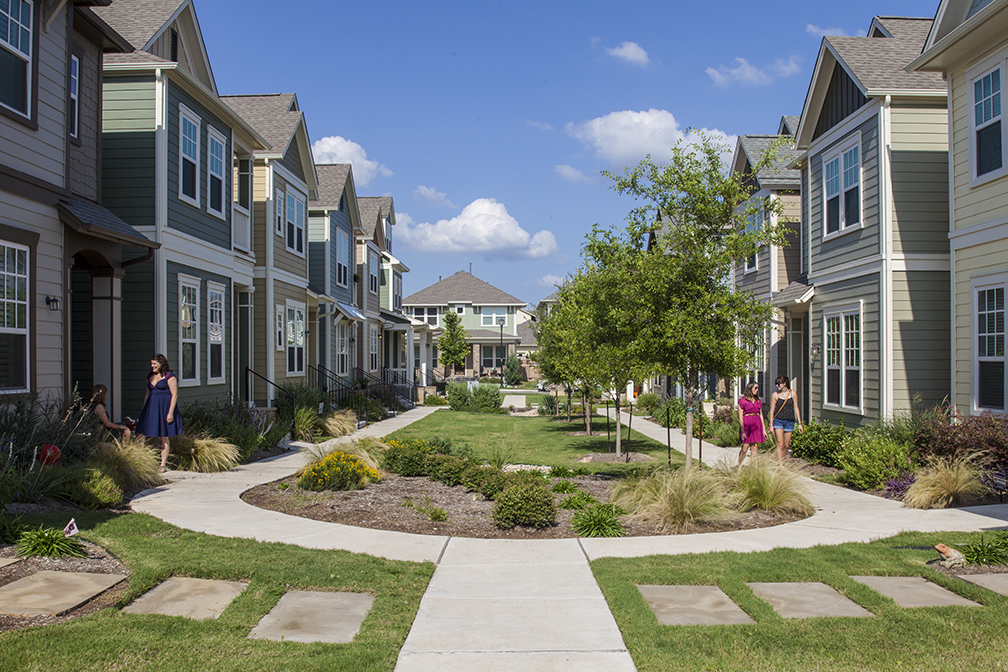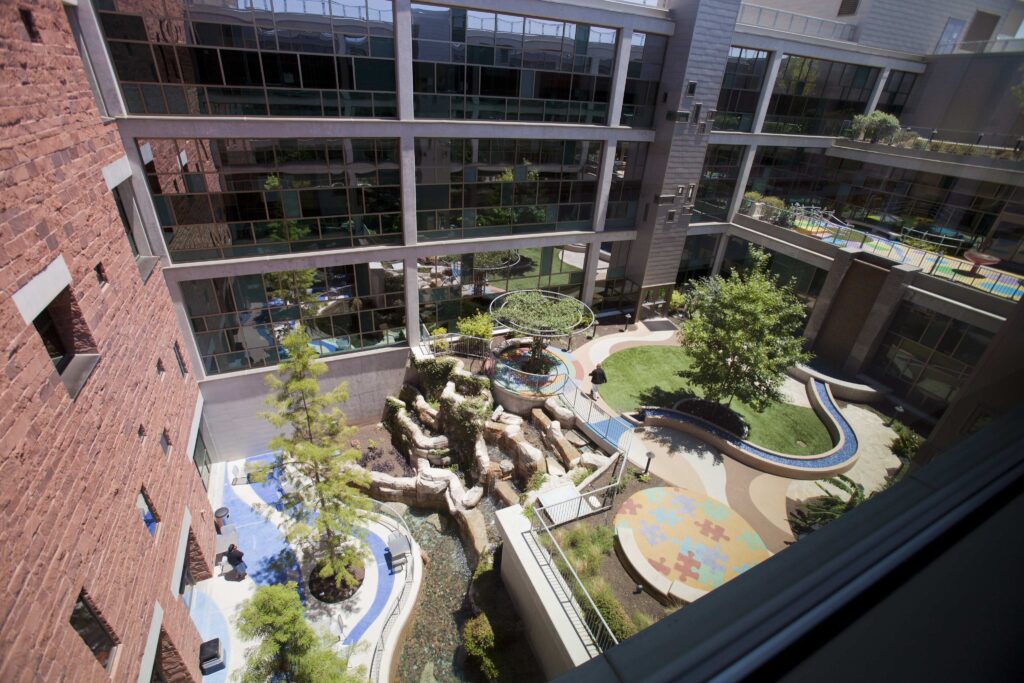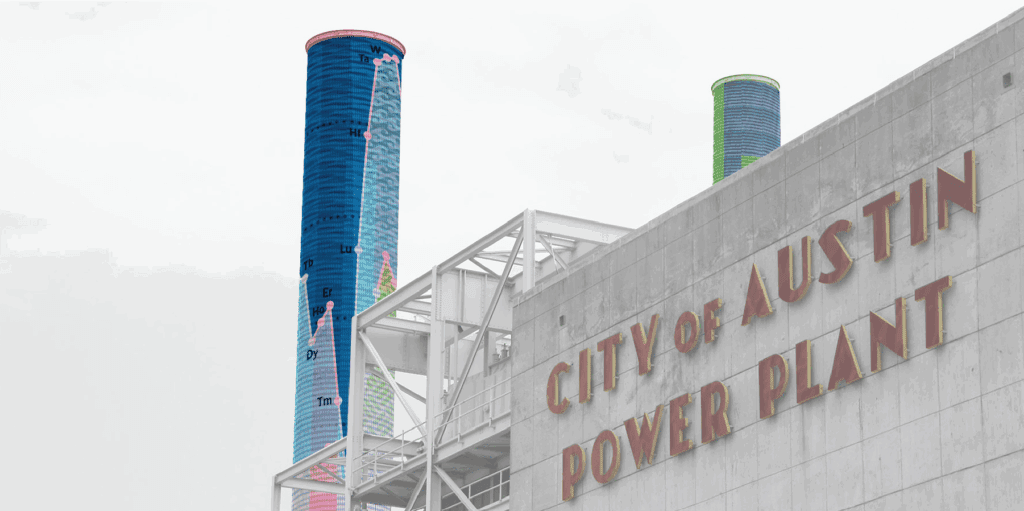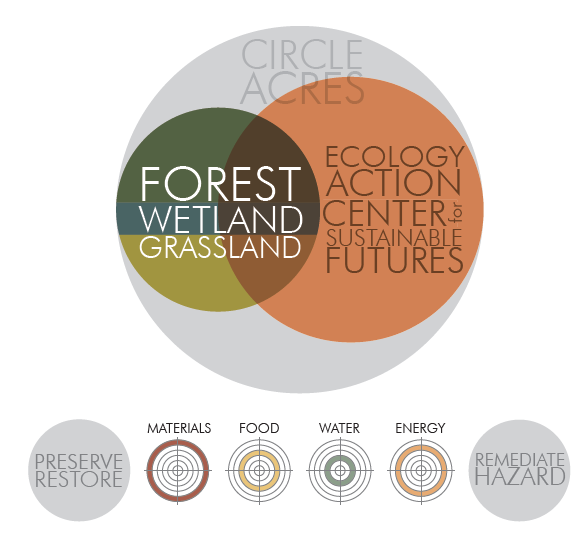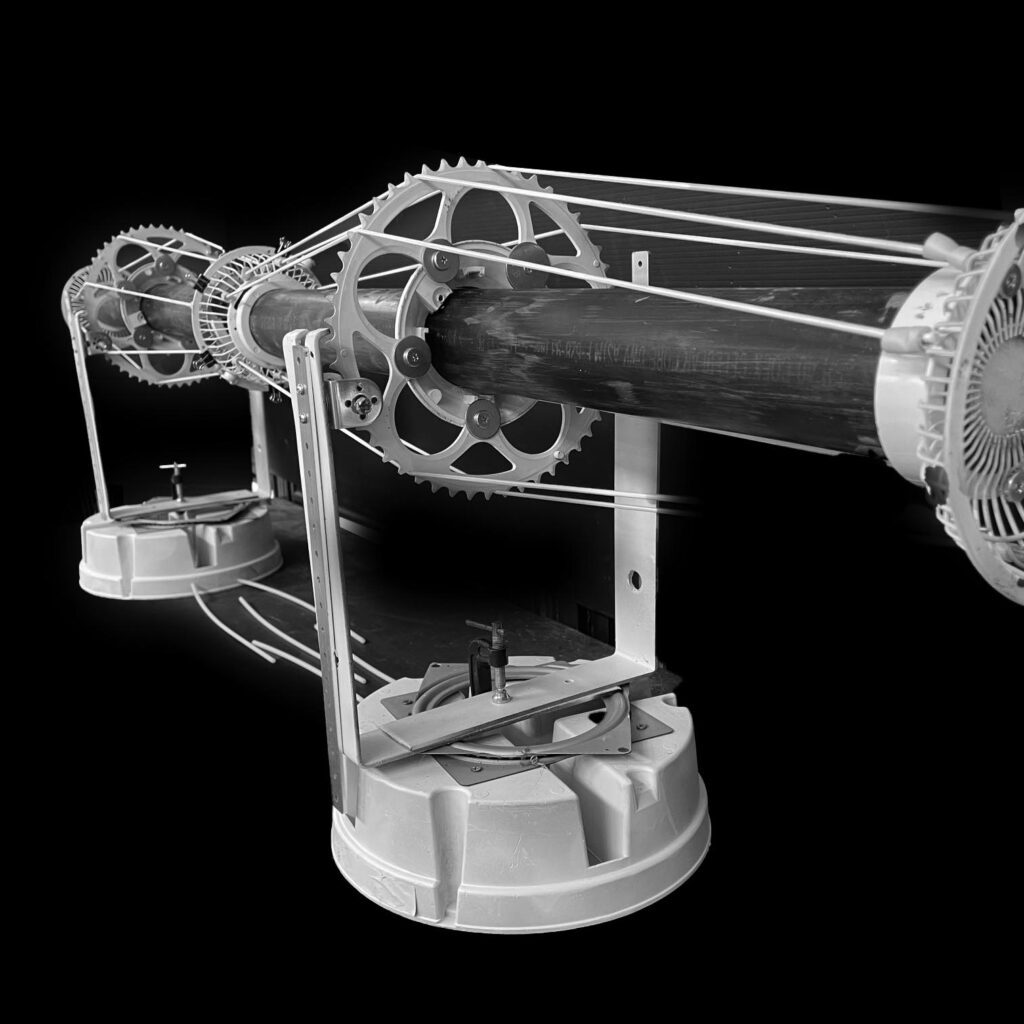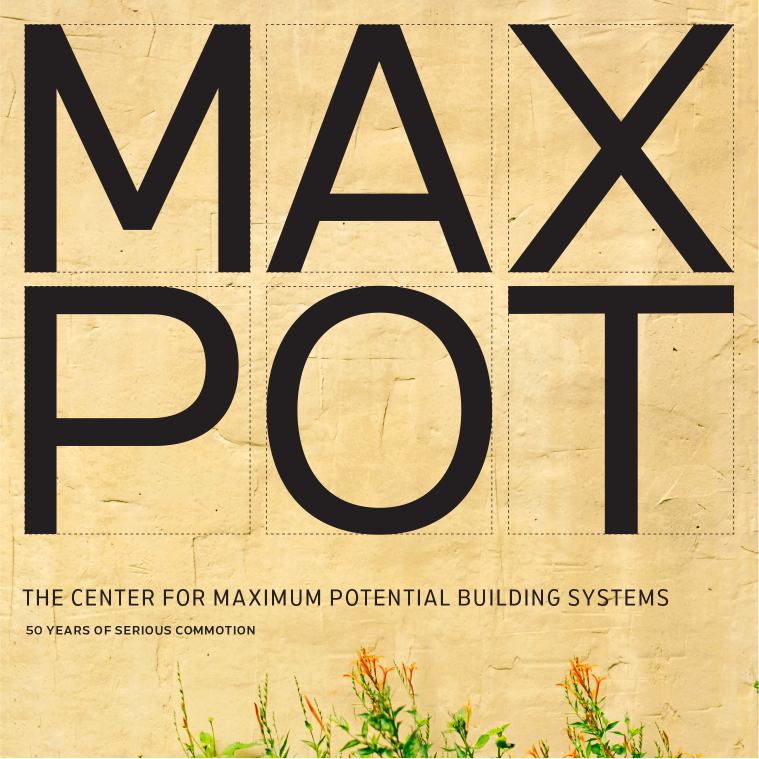Project Background
1977
Concept
Passive solar water heaters designed and built to use recovered materials and local labor as an emergency relief effort for a south Texas town
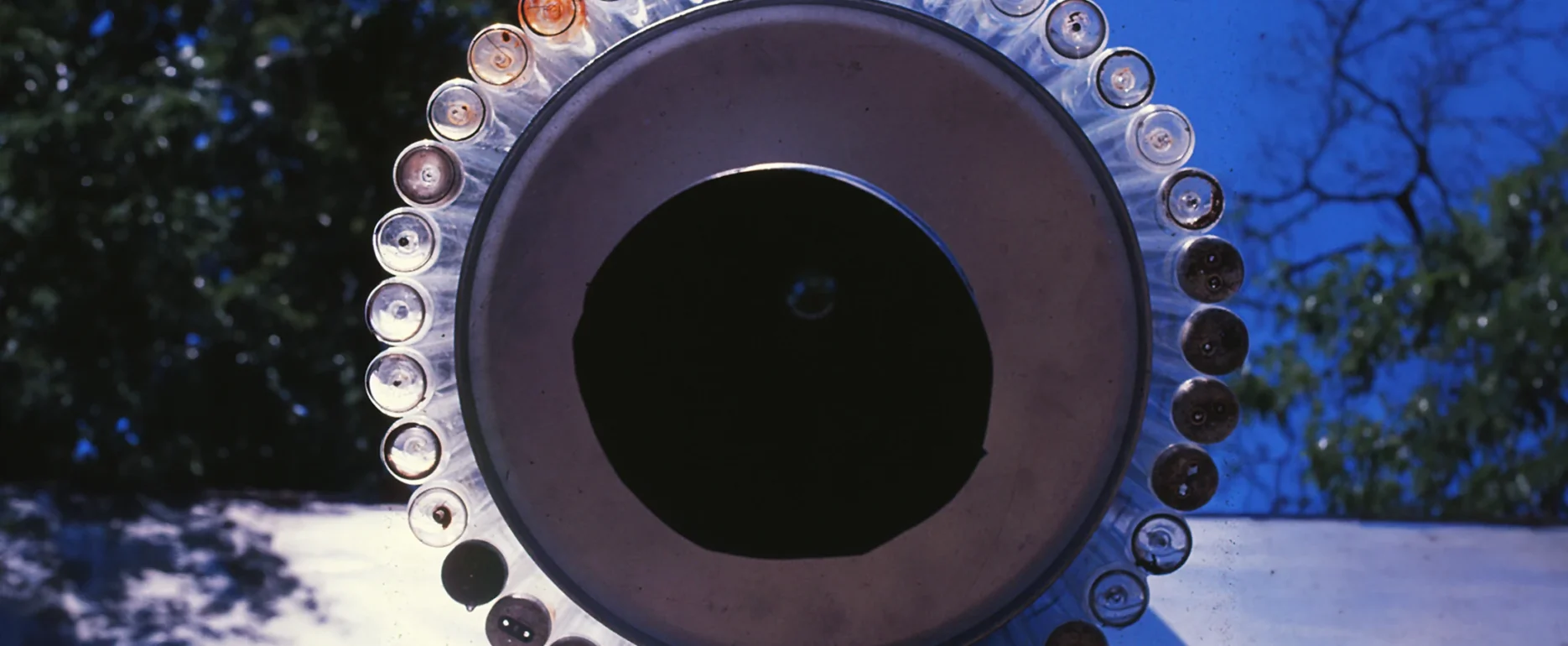
Passive solar water heaters designed and built to use recovered materials and local labor as an emergency relief effort for a south Texas town
Crystal City, Texas had its gas cut-off in the winter of 1977 due to a contract dispute with the town’s monopoly gas supplier, leaving the 8,100 residents without heat and hot water. The Zavala County Community Development Corporation contacted The Center to assist in an emergency response capacity.
The initial response provided space heating for the town’s residences coupled with a community mobilization to collect 10,000 cords of mesquite wood from dry stream beds. Due to ensuing air pollution, the engagement evolved to develop a simple, low-cost, integral passive solar water heating system using the defunct gas hot water heater tanks, recycled printing plate reflectors and spent fluorescent light bulbs as glazing (with mercury safely recovered and collected for recycling), supplemented with about $25 for new materials. The curved fluorescent bulbs were an ideal glazing material because they provided solar concentration and double-glazing (its proven efficacy was later presented at an American Solar Energy Society annual meeting).
To scale up the solar water heater design, funding from the U.S. Community Services Administration and the National Center for Appropriate Technology supported The Center to design, construct and operate a community-based solar water heater factory, with a local crew trained to manufacture six solar water heaters per day with four employees at a unit cost of about $125. The federal funding supported the manufacture and installation of about 2,000 solar water heaters and many stoves in five counties, many of which operated for decades.
Crystal City’s solar water heater factory was replicated in other south Texas towns, creating green jobs and “fueling” the towns with abundant solar heated hot water.
FUNDING
National Center for Appropriate Technology; U.S. Community Services Administration
TEAM
Pliny Fisk III; Jeff Lanza; Tom Teasdale

